The Primary curriculum focuses on three domains – Literacy Skills, Numeracy Skills, and Socio-emotional development. We follow a theme based, child-centric approach aimed at ensuring a joyful learning experience for our children every day at school and connecting them to real-life experiences. The curriculum focuses on forging lifelong learning competencies that go beyond transfer of knowledge and encourages a skill-oriented approach to the teaching-learning experience. It is designed to help the child develop gradually from the self to the immediate environment and further to the global level. Continuous evaluation of learning happens through formative assessments at this level. A healthy teacher-student ratio is maintained to ensure a wholesome and focused classroom experience with better student engagement.
Transition from Junior Campus
The homeroom system is introduced in Primary to aid a transition from Junior Campus. In this learning environment, the child is facilitated by two teachers – a class teacher and a partner teacher – who teach all the core subjects. The homeroom system aids the child in adapting, trusting and connecting with the teacher for a joyful learning experience.
This system also supports socio-emotional development in the child’s formative years by helping the child connect, bond and build relationships. The homeroom teaching-learning environment is followed for Grades 2 to 4.
Socio-Emotional Development
The school day for children at the Primary begins with Circle Time for about 20-30 minutes. Our circle-time activities are multi-faceted and promote the importance of both the individual and the community. Mindfulness, brain power yoga, sharing experiences and listening to others are emphasized in this time, to promote empathy and sensitivity.
Literacy & Numeracy Skills
English: The English Curriculum is designed to help children develop listening, speaking, reading and writing skills and become proficient in the sub-skills of the language, like comprehension, vocabulary and grammar.
Math: The Math curriculum is designed to help children develop mathematical thinking and quantitative reasoning problem solving skills. Children are encouraged to apply these skills to formulate and solve problems to attain proficiency in the fundamental Mathematical concepts.
Science: The Science curriculum is offered as EVS for Grade 2 and Science for Grades 3 to 5. In Grade 2, children learn Environmental Studies (EVS), focusing on the natural, social and cultural environment in an integrated manner. In grades 3 to 5, the Science curriculum encourages development of scientific temper, curiosity, analytical and critical thinking skills, through hands-on-learning.
Social Studies (Grades 3 to 5): The Social Studies curriculum is designed to include a range of content drawn from the disciplines of History, Civics and Geography aimed at developing analytical and critical thinking skills, inquiry, reasoning and map marking skills, besides teaching active citizenship.
Languages: From grade 2, children start learning Tamil/Hindi as a second language and the other language is taught as a support language with the objective of familiarizing children with an additional language.
From grade 5, Hindi, Sanskrit, and French are offered as the third language for students with Tamil as the Second Language. Tamil is offered as the third language for students who have Hindi as the second language.
The second language curriculum focuses on
1. providing exposure to the language through systematic and age-appropriate language building
2. developing listening, speaking, reading and writing skills
3. vocabulary and sentence formation
The support curriculum places focus on simple vocabulary, comprehension and everyday use of the language.
The third language curriculum is designed to develop listening, speaking, reading and writing skills to provide a foundation for the language.
Computer Science Curriculum:
The Computer Science curriculum for grades 2 to 5 is designed to promote the use of technology to accomplish tasks, communicate effectively and securely, thereby making students become competent, responsible and critical users of technology. There is a gradual emphasis placed on developing logical and problem-solving skills.
Transition to Middle School
The transition from Primary to Middle School is meticulously and thoughtfully planned. After three years of being in a Homeroom learning environment, the child is introduced to different teachers for subjects in Grade 5, to prepare them for and ease them into the environment in the Middle School. Teachers of Primary and Middle School plan the curriculum and activities for Grade 5 to aid a smooth transition to Middle School.


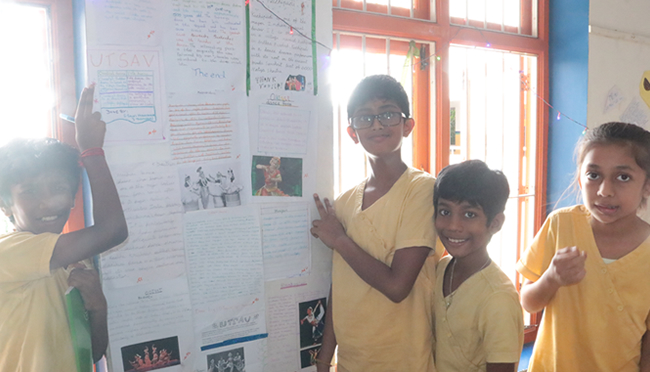
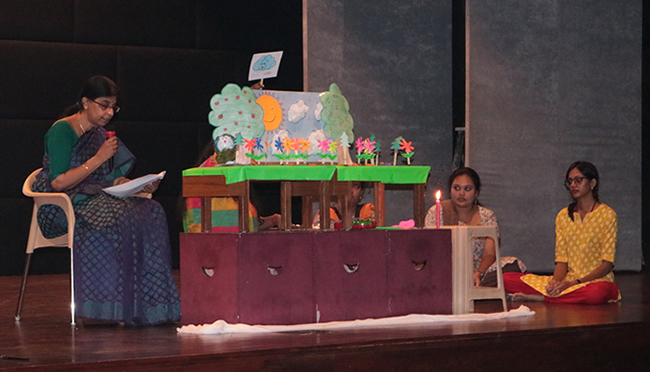
Music: Education through music is a great way to learn. The lesson plans embrace the idea of imparting musical knowledge to children with a multi genre, multimodal, multi-disciplinary and art integrated approach to it. We partner with experts in the field to provide our students with a rich learning experience.
Learn More about Music at Hari Shree
Art: Art is an integral part of the curriculum. Teachers identify age-appropriate kinaesthetic activities and incorporate them into the curriculum. Students are encouraged to create their own works of art for festivals and other special occasions. The complexity of the activity increases with each grade level.
Learn More about Art at Hari Shree
Dance: Students are introduced to diverse dance forms ranging from Bharathanatyam to folk traditions that flourish in different parts of the country, each with its own distinct cultural and aesthetic appeal.
Learn More about Dance at Hari Shree
Theatre: The theatre sessions are focused on enhancing the intuitive, instinctive, impulsive and imaginative skills of the students. The activities pan across the three main divisions of theatre – acting, designing and direction to help the students understand heightened reality, acquire narrative skills and delve deeper into texts and contexts. We partner with experts in the field to provide our students with a rich learning experience.
Learn More about Theatre at Hari Shree
Physical Education: The physical education curriculum is structured to give children an opportunity to improve their physical fitness in terms of endurance, strength, speed, agility, coordination, flexibility and balance. Through various physical activities and games, we focus on the different forms of fundamental movements and skills like running, jumping, skipping involving all gross motor skills of the children.
Learn More about Sports at Hari Shree
Yoga: Children are encouraged to pursue yoga as a way of life. Chanting, brain power yoga and asanas help students find their centre, improve focus and maintain physical/emotional balance. The yoga program is also sprinkled with dynamic vinyasa sequences to create new interest and energy.
Learn More about Yoga at Hari Shree
Purna Vidya/Value Education: As a part of the culture-centric and holistic educational approach, Purna Vidya is included from Grades 2 to 5. These sessions are based on the teaching of oneness and harmony through a sharing of experiences and exploration of the self and surroundings.
Field Trips and Excursions: As part of their field trips, students visit various places of interest during their course to have an in-depth understanding of subjects they study. Students are taken to visit museums, zoos, parks etc. to provide opportunities to make first-hand observations of real-life contexts.
Learn More about Field Trips and Outbound Trips
Guest Lectures: Our students have ample opportunities to interact with experts from various fields through regular guest lectures.
Learn More about Guest Lectures
Assemblies: Assemblies are an integral part of our regular working days.
Learn More about Assemblies at Hari Shree
I CARE: Aligning with the vision to encourage young children to develop into responsible global citizens, students of the primary level are introduced to I Care program designed to create awareness on sustainable living They are encouraged to reflect on their learning through posters, slogans, role-play, models etc displayed in the ‘I CARE’ corner of their classrooms.

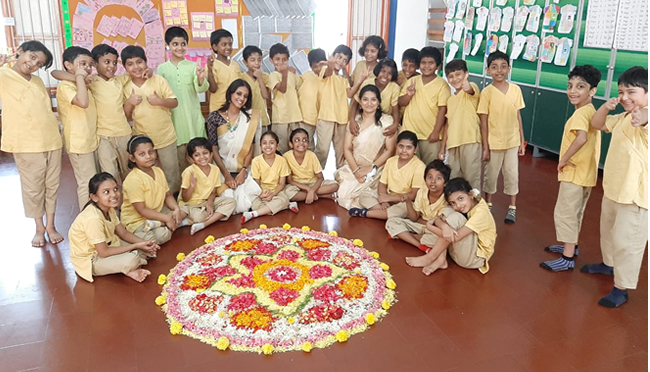
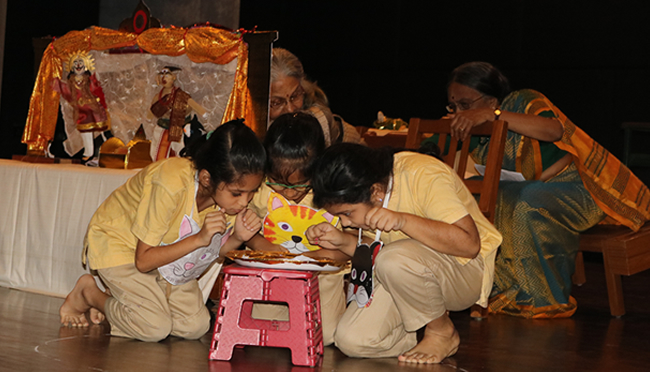
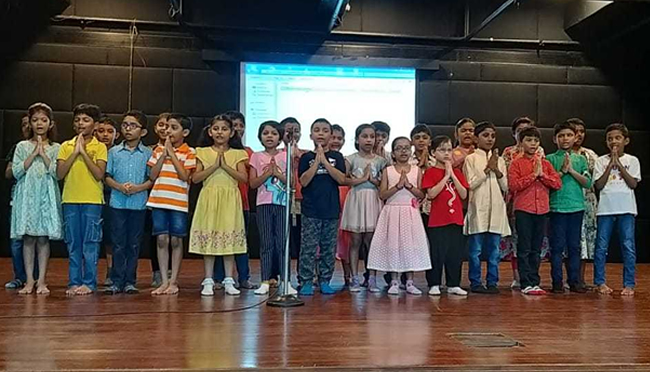
After School Activities: Bharathanatyam is offered as an after-school activity for students who are interested in pursuing this art outside of the curriculum.
Learn more about each of these activities here
Paid Club Programs: Students can also opt for one or more of the following paid club activities organized under experts.
All images and text @ Copyright Chettinad Hari Shree Vidyalayam. All Rights Reserved.